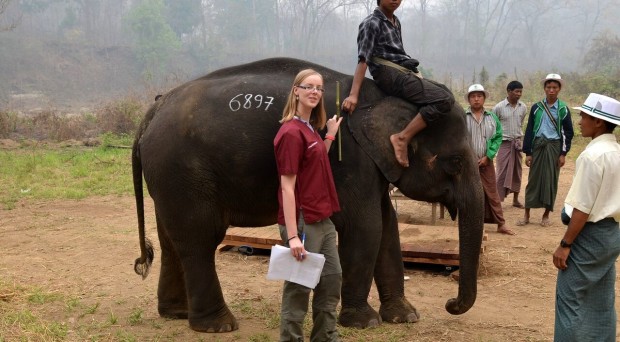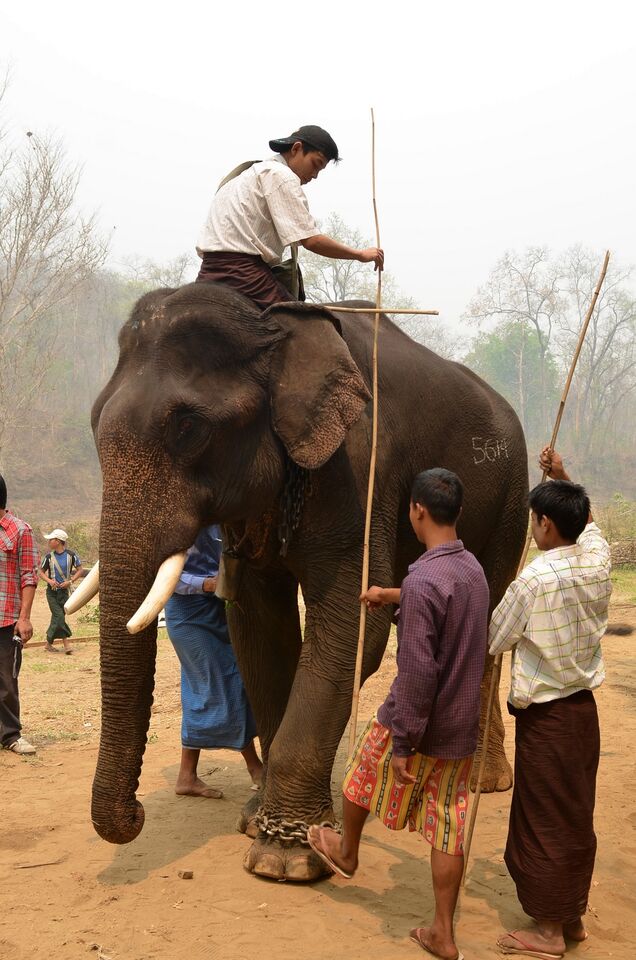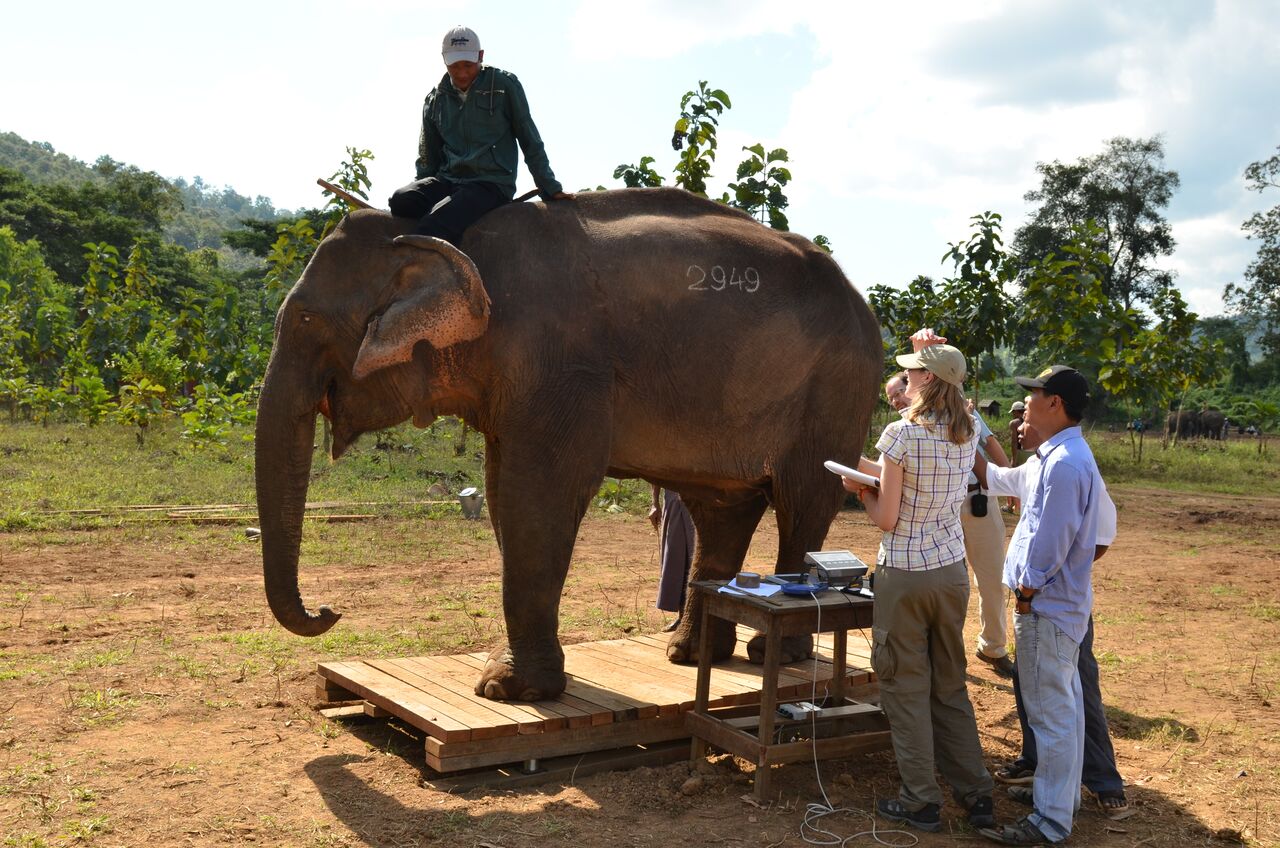
If you’re asked to think of big animals, elephants are probably one of the ones you thought of – after all, we do use ‘elephantine’ to describe something really huge. The relationship between humans and elephants goes beyond words though – it stretches back thousands of years, across civilisations and continents.
How do elephants grow so big?
The impact elephants have had on human culture has been great, reflected in art, literature and aspects of religion. Elephants have also been a source of entertainment in menageries and circuses, and are often billed as the main attraction in zoos.
They were, and still are, used for logging work in Asia. Not only that, they’ve also seen some of the worst of humanity, having been used in war from antiquity through to the mid-20th century.
What’s most striking about all this is that despite this long-standing, millennia-spanning association, there’s a lot we still don’t know about elephant biology. We know that elephants are some of the largest terrestrial species, but we haven’t really pinned down how they grow to be so big.
They have been said to continue growing throughout life (despite the fact that most mammals clearly stop growing at adulthood), but the evidence for this is not rigorous. Moreover, this idea has often relied on untested assumptions.
It’s important to get to the bottom of this because growth determines size and influences pivotal traits like survival and reproduction. Testing this previous hypothesis matters now more than ever – Asian elephants are endangered and African elephants vulnerable. Misconceptions can be ill-afforded.
What did we do?
We investigated growth in the Asian elephant, looking at how height – an indicator of skeletal growth – changes with age in each sex.

We also looked into how weight changes, as this has, on occasion, been misinterpreted as growth (if it were then we would all have the potential to continue growing throughout our lives, depending on how much we eat and exercise!). It’s still an important determinant of size though and can be used as a proxy of body condition.

Our study population, the timber elephants of Myanmar, are semi-captive working elephants. This means they work during the day, mainly dragging logs, and are released into the forests at night to forage and mate freely.
This has the huge advantage of allowing direct and objective measurements of height and weight – convincing a few tonnes of wild elephant to stand still on a scale is, as you can probably imagine, not particularly viable.
Furthermore, many of these elephants are of known age, so one of the larger pitfalls of the past (accurately ageing elephants) is avoided.
Our findings
Our study shows that contrary to prior elephant literature, skeletal growth stops around the early to mid-twenties, with female elephants reaching their full size a few years ahead of males. Elephants, therefore, follow the same general growth pattern as any other mammal.
Perhaps our most interesting finding is that males, but not females, continue to gain weight through their lives. This may relate to the reproductive strategies of the sexes, with females reaching peak reproduction early in life, whilst males may not be able to mate until much later in life.
By the time males are likely to begin their reproductive career they are approaching an impressive 3 tonnes and may have proved their strength and dominance in competitive interactions with other males.
Male and female differences
Teasing apart growth in the sexes, and how this affects sex-specific reproductive strategies, isn’t limited to just elephants.
Teasing apart growth in the sexes, and how this affects sex-specific reproductive strategies, isn’t limited to just elephants. As with elephants, orangutans (another endangered species) have erroneously been said to continuously grow, and differ greatly in mating strategy by sex.
Instead, it seems some males continue to gain weight, whilst others do not. These examples could lead to changes in our perspective on body size and reproductive strategy in male mammals, which we might have thought of as more inflexible in terms of body size in the past.
Hopefully with a little luck and concerted conservation efforts, elephants will both be influencing human culture for millennia to come and contributing to our knowledge of mammalian life history.
One Comment